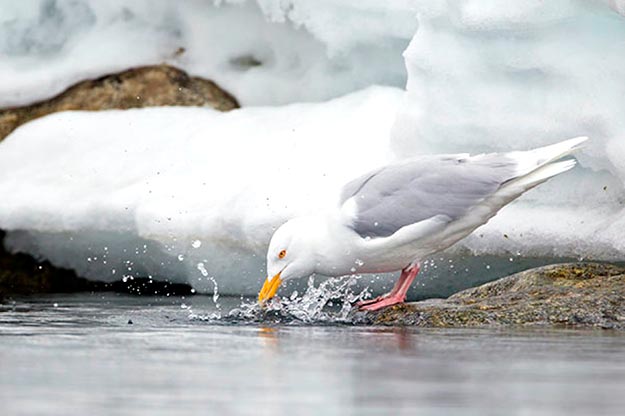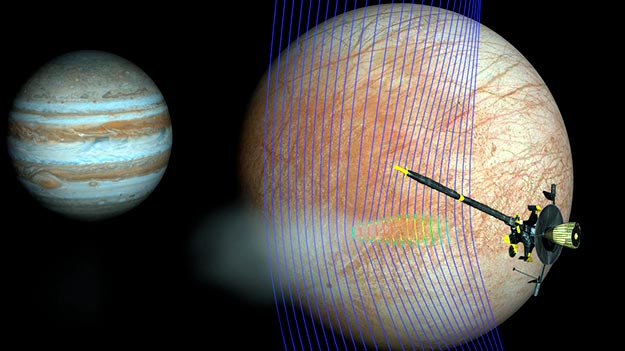For anyone currently whiling away their time at a beach (with a laptop and Internet connection, I guess), this question might occur to you. How do gulls, those birds so adept at stealing your sandwich or even invading your hotel room through an open balcony, drink saltwater?
Gulls, and many other charadriiform birds, have supraorbital glands (also called nasal or salt glands) that help regulate the ionic balance of their blood, according to Britannica Online. While some salt is processed by the kidneys, the excess runs through the glands, which are positioned in grooves of the skull, and trickles out through the nostrils. Other animals also have salt glands, including sea turtles, crocodiles (crocodile tears) and sharks.
Interestingly however, saltwater isn’t the gulls’ drink of choice. If they have the opportunity, or if they’re trying to conserve energy, they’ll stick to easier-to-process freshwater. It got me thinking about our own versions of salt glands — no, certainly not our kidneys, they’re lightweights when it comes to salt. I’m thinking of desalination plants, energy-intensive operations that turn saltwater into fresh. Read more






